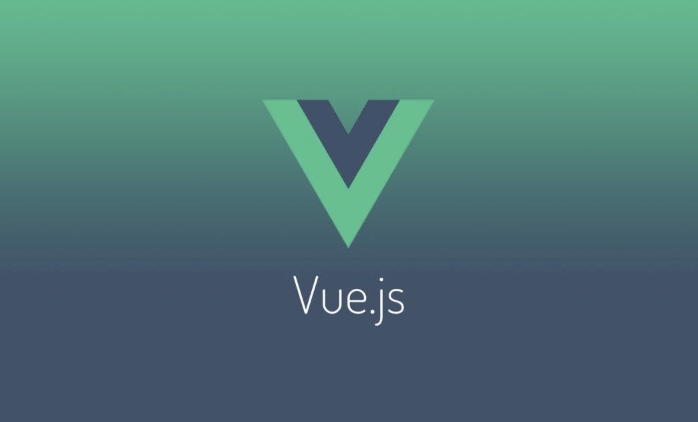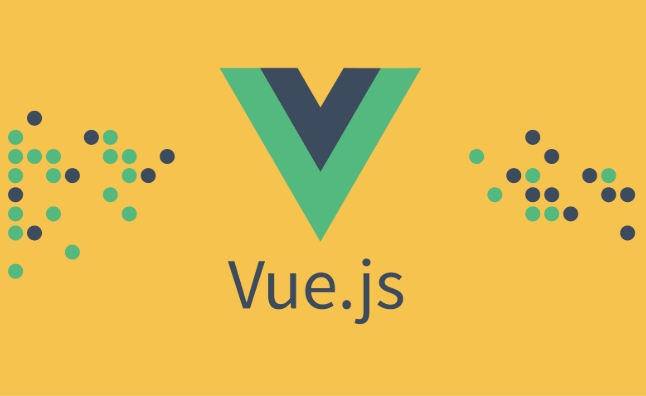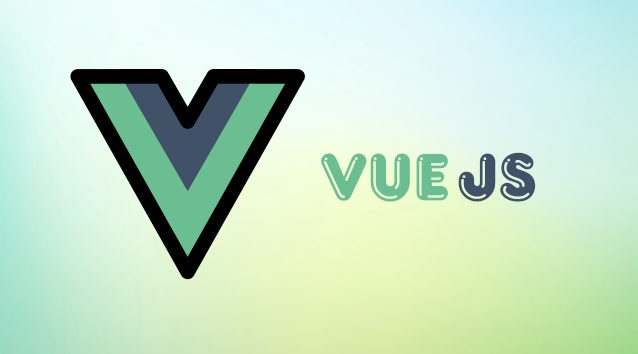To build a simple TODO list app in Vue, start with a basic setup using Vite, implement core features like adding, toggling, and deleting tasks, and optionally enhance with localStorage and filters. Begin by creating a Vue project with Vite via npm create vite@latest and select Vue with JavaScript. Next, design the UI structure in App.vue with an input field, a list, and buttons for task actions. Then, use Vue’s reactivity system—via ref and functions like addTask, toggleDone, and deleteTask—to manage and update task data. Optionally, improve usability by saving tasks in localStorage, adding task filters, or supporting keyboard shortcuts. This approach keeps the app functional and educational while avoiding unnecessary complexity.

Starting a TODO list app in Vue might sound basic, but it's a solid way to get familiar with Vue’s core features. The key is to keep it simple—focus on data handling, user interaction, and basic state management. You don’t need a full backend or complex tools to make it work. Here’s how to build one that actually does something useful without overcomplicating things.

Setting up the Vue project
Before writing any logic, you need a working Vue environment. The easiest way is to use Vite, which is fast and modern. You can create a Vue project with just a few commands:
- Run
npm create vite@latestand follow the prompts - Choose Vue and JavaScript (unless you want TypeScript)
- Install dependencies with
npm install
Once that’s done, you’ll have a basic Vue setup ready to go. No need for Webpack or Babel unless you want to customize things later.

You can start the dev server with npm run dev and open your browser to see the default Vue template.
Creating the TODO list structure
The main components of a TODO list are:

- An input field to add new tasks
- A list that displays all tasks
- Buttons or checkboxes to mark tasks as done or delete them
In your App.vue, you can start by setting up the basic HTML structure inside the <template></template> tag. The key is to bind this structure to the reactive data in Vue.
Here’s a simple example:
<template>
<div>
<input v-model="newTask" @keyup.enter="addTask" placeholder="Add a new task" />
<ul>
<li v-for="(task, index) in tasks" :key="index">
<span :class="{ done: task.done }">{{ task.text }}</span>
<button @click="toggleDone(index)">?</button>
<button @click="deleteTask(index)">?</button>
</li>
</ul>
</div>
</template>This gives you a basic layout that users can interact with. Now let’s hook it up with Vue logic.
Managing task data with Vue’s reactivity
Inside the <script setup> block (or data() if you're using the Options API), define the reactive variables:
import { ref } from 'vue'
const newTask = ref('')
const tasks = ref([])Then create the functions to manipulate the data:
function addTask() {
if (newTask.value.trim() === '') return
tasks.value.push({ text: newTask.value, done: false })
newTask.value = ''
}
function toggleDone(index) {
tasks.value[index].done = !tasks.value[index].done
}
function deleteTask(index) {
tasks.value.splice(index, 1)
}These functions are straightforward: they add, toggle, and remove tasks. Vue’s reactivity system ensures the UI updates automatically when the data changes.
Making it a bit smarter (optional improvements)
You can add small enhancements to make the app more usable without overcomplicating it:
- Persist tasks in localStorage: Save tasks so they don’t disappear after a refresh
- Filter tasks: Add buttons to show "All", "Active", or "Completed" tasks
- Add keyboard shortcuts: Like pressing
Escto clear the input
For example, to save tasks to localStorage:
// Load on mount
tasks.value = JSON.parse(localStorage.getItem('tasks') || '[]')
// Save on every change
watchEffect(() => {
localStorage.setItem('tasks', JSON.stringify(tasks.value))
})These touches make the app feel more complete and user-friendly.
That’s basically it. With Vue’s simplicity and reactivity, building a TODO list is both fast and educational. You can expand it later, but starting small helps you understand the core concepts without getting lost in complexity.
The above is the detailed content of Building a simple TODO list application in Vue. For more information, please follow other related articles on the PHP Chinese website!

Hot AI Tools

Undress AI Tool
Undress images for free

Undresser.AI Undress
AI-powered app for creating realistic nude photos

AI Clothes Remover
Online AI tool for removing clothes from photos.

Clothoff.io
AI clothes remover

Video Face Swap
Swap faces in any video effortlessly with our completely free AI face swap tool!

Hot Article

Hot Tools

Notepad++7.3.1
Easy-to-use and free code editor

SublimeText3 Chinese version
Chinese version, very easy to use

Zend Studio 13.0.1
Powerful PHP integrated development environment

Dreamweaver CS6
Visual web development tools

SublimeText3 Mac version
God-level code editing software (SublimeText3)
 How to develop a complete Python Web application?
May 23, 2025 pm 10:39 PM
How to develop a complete Python Web application?
May 23, 2025 pm 10:39 PM
To develop a complete Python Web application, follow these steps: 1. Choose the appropriate framework, such as Django or Flask. 2. Integrate databases and use ORMs such as SQLAlchemy. 3. Design the front-end and use Vue or React. 4. Perform the test, use pytest or unittest. 5. Deploy applications, use Docker and platforms such as Heroku or AWS. Through these steps, powerful and efficient web applications can be built.
 Laravel Vue.js single page application (SPA) tutorial
May 15, 2025 pm 09:54 PM
Laravel Vue.js single page application (SPA) tutorial
May 15, 2025 pm 09:54 PM
Single-page applications (SPAs) can be built using Laravel and Vue.js. 1) Define API routing and controller in Laravel to process data logic. 2) Create a componentized front-end in Vue.js to realize user interface and data interaction. 3) Configure CORS and use axios for data interaction. 4) Use VueRouter to implement routing management and improve user experience.
 How to separate the front and back end of wordpress
Apr 20, 2025 am 08:39 AM
How to separate the front and back end of wordpress
Apr 20, 2025 am 08:39 AM
It is not recommended to directly modify the native code when separating WordPress front and back ends, and it is more suitable for "improved separation". Use the REST API to obtain data and build a user interface using the front-end framework. Identify which functions are called through the API, which are retained on the backend, and which can be cancelled. The Headless WordPress mode allows for a more thorough separation, but it is more cost-effective and difficult to develop. Pay attention to security and performance, optimize API response speed and cache, and optimize WordPress itself. Gradually migrate functions and use version control tools to manage code.
 How to push the video stream of Hikvision camera SDK to the front-end Vue project for real-time playback?
Apr 19, 2025 pm 07:42 PM
How to push the video stream of Hikvision camera SDK to the front-end Vue project for real-time playback?
Apr 19, 2025 pm 07:42 PM
How to push video streams from Hikvision camera SDK to front-end Vue project? During the development process, you often encounter videos that need to be captured by the camera to be circulated...
 How to work and configuration of front-end routing (Vue Router, React Router)?
May 20, 2025 pm 07:18 PM
How to work and configuration of front-end routing (Vue Router, React Router)?
May 20, 2025 pm 07:18 PM
The core of the front-end routing system is to map URLs to components. VueRouter and ReactRouter realize refresh-free page switching by listening for URL changes and loading corresponding components. The configuration methods include: 1. Nested routing, allowing the nested child components in the parent component; 2. Dynamic routing, loading different components according to URL parameters; 3. Route guard, performing logic such as permission checks before and after route switching.
 What is the significance of Vue's reactivity transform (experimental, then removed) and its goals?
Jun 20, 2025 am 01:01 AM
What is the significance of Vue's reactivity transform (experimental, then removed) and its goals?
Jun 20, 2025 am 01:01 AM
ReactivitytransforminVue3aimedtosimplifyhandlingreactivedatabyautomaticallytrackingandmanagingreactivitywithoutrequiringmanualref()or.valueusage.Itsoughttoreduceboilerplateandimprovecodereadabilitybytreatingvariableslikeletandconstasautomaticallyreac
 What are the core differences between Vue.js and React in componentized development?
May 21, 2025 pm 08:39 PM
What are the core differences between Vue.js and React in componentized development?
May 21, 2025 pm 08:39 PM
The core differences between Vue.js and React in component development are: 1) Vue.js uses template syntax and option API, while React uses JSX and functional components; 2) Vue.js uses responsive systems, React uses immutable data and virtual DOM; 3) Vue.js provides multiple life cycle hooks, while React uses more useEffect hooks.
 Solve the challenges of Laravel and Vue.js form building with Composer
Apr 18, 2025 am 08:12 AM
Solve the challenges of Laravel and Vue.js form building with Composer
Apr 18, 2025 am 08:12 AM
I'm having a headache when developing a project based on Laravel and Vue.js: How to create and manage forms efficiently. Especially when it is necessary to define the form structure on the backend and generate dynamic forms on the frontend, traditional methods appear cumbersome and error-prone. I tried many methods, but the results were not satisfactory. Finally, I discovered the k-eggermont/lara-vue-builder library, which not only simplified my workflow, but also greatly improved the development efficiency.






